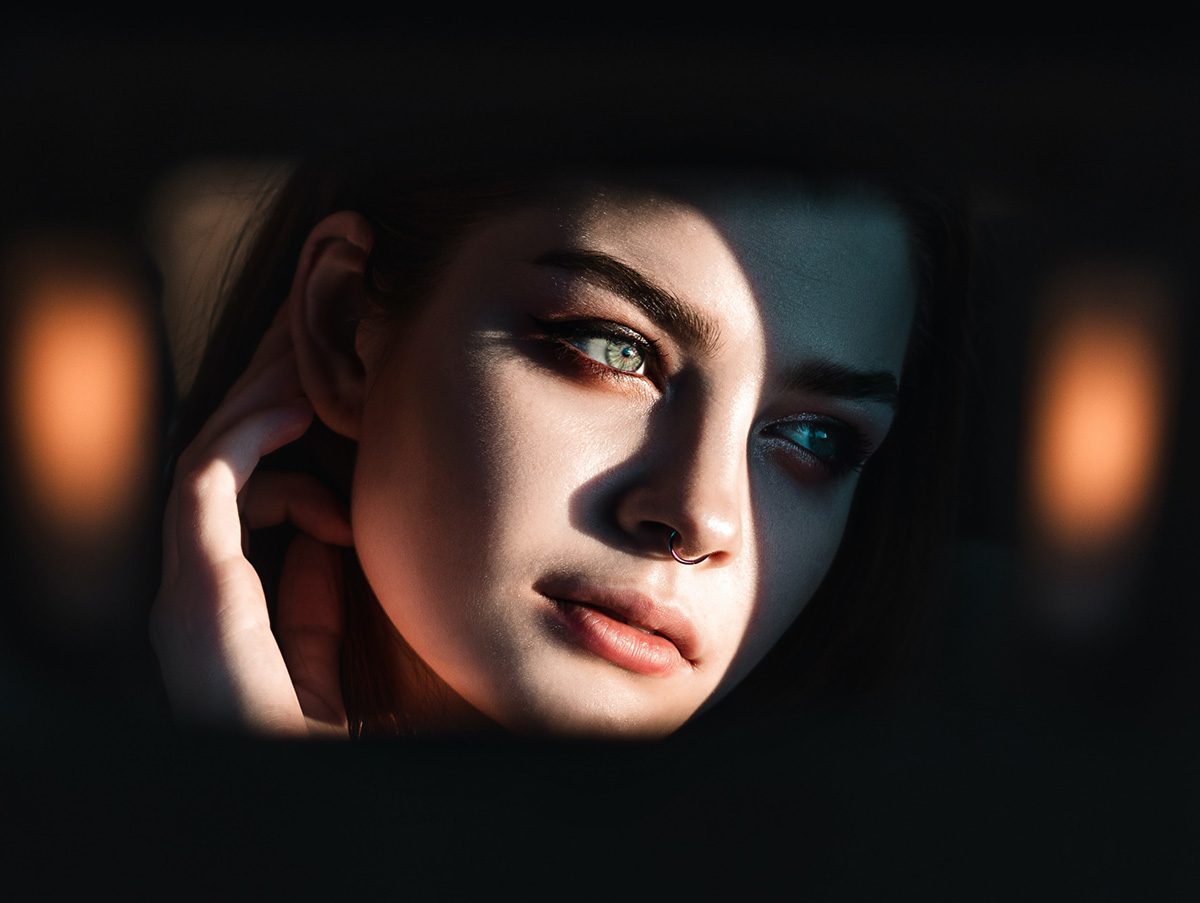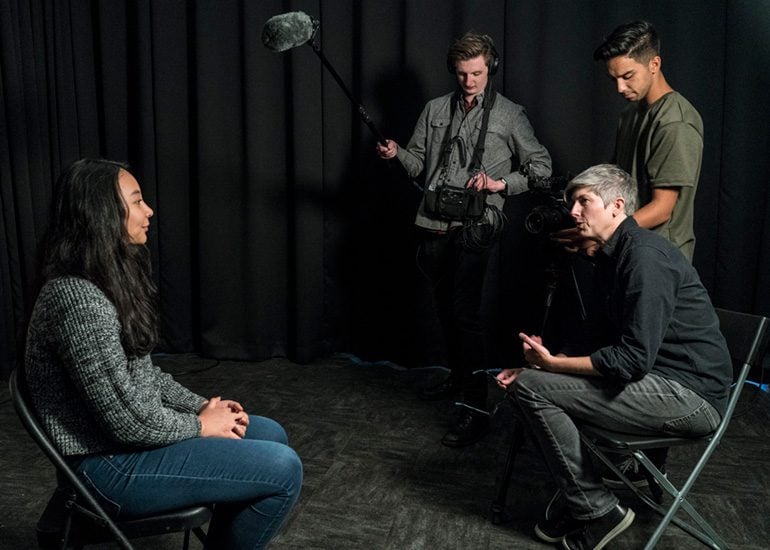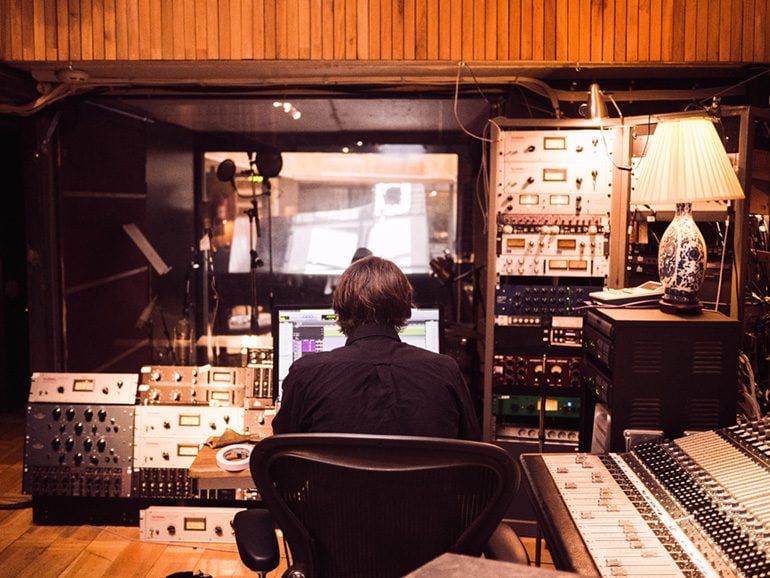Photo by Ilya Shishikhin. Follow Instagram @shish_ph.
How an Editor Should Cut an Actor’s Performance
Written By Dustin Morrow
When I’m cutting the work of actors, here’s what I’m looking at.
(1.) Eyes (which are, after all, the windows to the soul).
(2.) Voice control (the tonality, rhythms in their speech, pauses and timing).
(3.) Hand movements and gesturing (which are great for continuity cutting because they often provide a little bit of kineticism in otherwise static frames).
(4.) Body language (perfect for reading subtext into a character’s motivations and intentions).
(5.) Listening and responses to other actors in the scene (as any good actor will tell you, “Acting is reacting.”).
I list the eyes first because that’s the thing I’m most interested in. The eyes may be the greatest resource an actor has to offer an editor. Filmmakers go to great lengths to keep actors’ eyes in the frame – losing the actors’ eyes – moving them offscreen, even for a moment – can subconsciously break the audience’s connection to the character. Look at animated films, and how large and expressive the characters’ eyes are, for evidence of how important the eyes are to understanding how characters are feeling.
Sometimes in my students’ films, if two characters are having dinner, they’ll be constantly staring soulfully into each others’ eyes regardless of the narrative content of the scene. This is dramatically false 99% of the time. The next time you’re out to eat, observe just how often, and when, people make eye contact and hold it. Usually, it’s to assess the effect of something they have said – that is, to read a reaction; to put pressure on the other person; or to observe from the person’s expression what kind of effect he or she is attempting to return. Editors must use the characters’ eye contact carefully when cutting, to emphasize certain passages of the dialogue and the connections between the characters.
Actors are listeners, and the audience wants to see them listen. Another issue that often surfaces in student films is the staccato pattern of cutting where the editor uses the ends of lines of dialogue to dictate cuts (what we might call “Dragnet” cutting, after the old TV series). Editors need to allow conversations to breathe, as they naturally do in real life. The next time you find yourself observing a conversation, or overhearing one, listen for the gaps. For an actor’s performance to feel real, we need to believe that they are coming up with what they say just before they say it, and so we need to see that process happen. Cut a scene too tight, and it feels like they’re reciting lines.
If an editor cuts dialogue too tight, they might also make the characters seem impatient, or freakishly intelligent and witty. Of course, this can be a choice – look at His Girl Friday and other classic screwball comedies, and how quickly they respond to each other. It can be fun, but it’s stylized and doesn’t sound natural. For dialogue to sound natural, it needs to sound loose and spontaneous.
Here’s the thing to remember: speech can be a motivator and an anticipatory element. You often don’t know when someone is going to speak – in the natural flow of a conversation, you often turn to look at them right after they begin speaking. That can be replicated in editing by cutting to a character after they begin their line of dialogue. And sometimes, when you are in a conversation, you can anticipate when someone is about to speak. We replicate that by cutting to a character just before they begin to speak (what we call a “sound advance” or an “overlap cut”). And remember that what someone’s saying is only interesting in that someone else is affected by it. So, we use reaction shots. We want to see what the dialogue spoken by one character means to the other characters in the scene.
Actors and editors are one of the oddest partnerships in filmdom. An editor can wreck or salvage an actor’s performance. Similarly, an actor can give an editor a variety of choices and room to experiment, or give them nothing to play with at all. Actors often never meet the editors who cut their work, and have a limited awareness of what editors do, but an editor can carefully, intricately construct an actor’s performance from a mountain of material, in a way that makes them a key player in the final performance. I’ve had actors say to me something to the effect of, “I see you used the second take in that one scene, I liked what I did there, too.” But I really used only the beginning of take 7, then the middle of take 4, the end of take 9, with a couple reaction shots from takes 5 and 3 to fill it out. I’ve created what’s perceived by the audience (and often by the actor) as one continuous performance that is all the work of the actor. Perhaps when actors win Oscars, editors should go up to the stage with them and receive little half-size Oscars for their role in building the performance.
Just kidding, actors. Just kidding.






